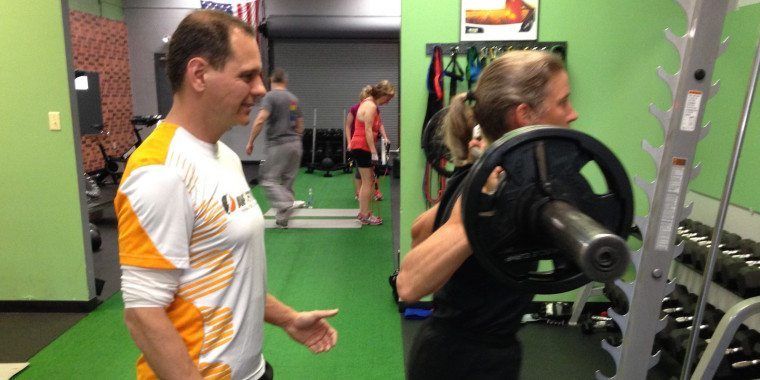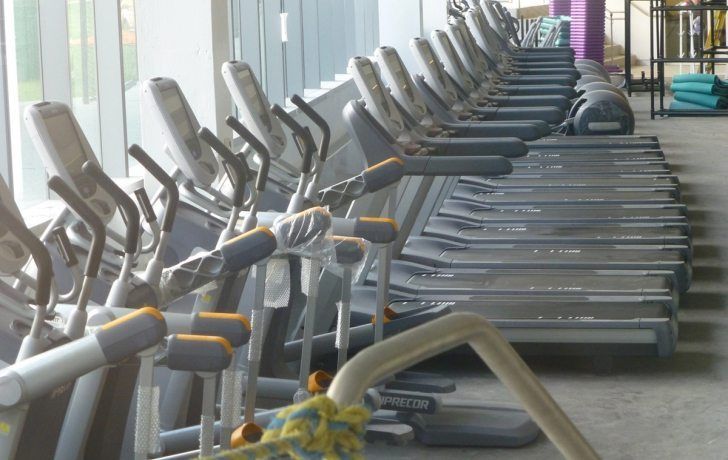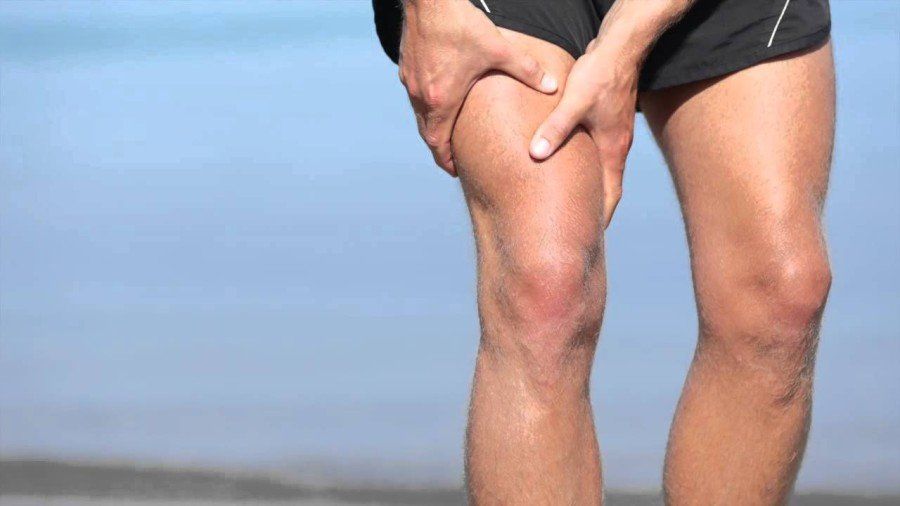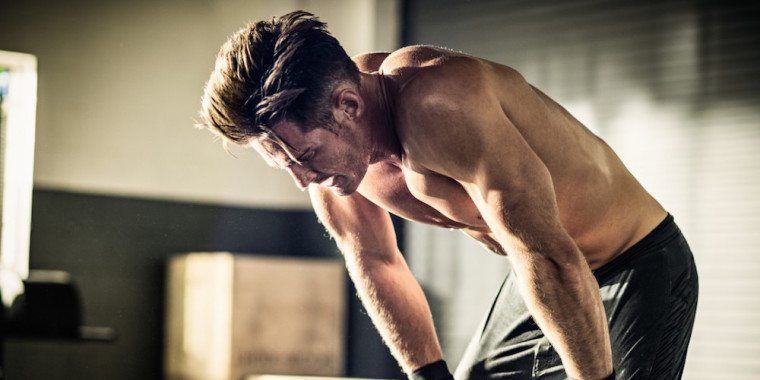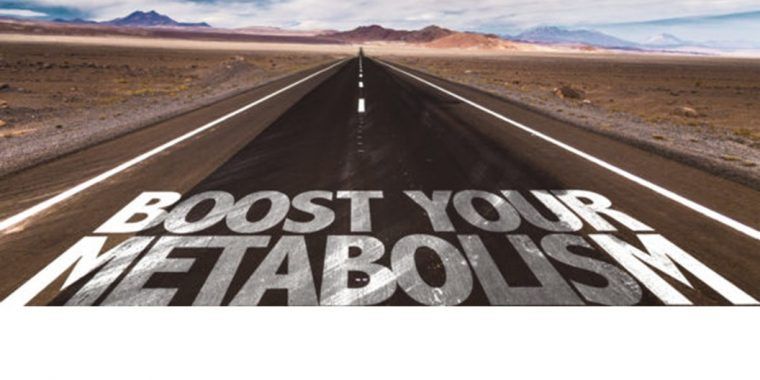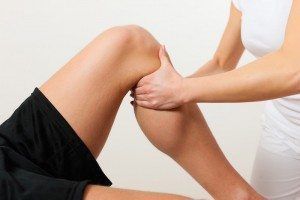What can a combination of massage and exercise do for you?
Massage and exercise produce similar benefits in different ways, as they both help with sleep, mood and pain, while also improving your functionality. The results gained by combining both disciplines are exponential.
A word about massage and exercise. Did you know massage is a form of exercise? When you have a massage, your body’s soft tissue, including muscle, is being moved passively by the massage therapist. In fact, John Harvey Kellogg, massage pioneer, showed that muscle mass can be increased by regular massage, but this requires multiple daily treatments resulting in small increases. So, I wouldn’t get any ideas here about swapping massage for exercise.
There are powerful effects from moving the body, whether it’s passive or active! Here are four benefits of massage and exercise that you may not be familiar with.
Prevent the perils of a sedentary lifestyle. Our body was designed for motion. Our muscles, our joints, our fascia, everything wants to move. If we don’t move enough this becomes stressful for the body. Hours spent driving, at the computer, or in front of the TV can be an issue. In addition, the more we limit our movement, the more limited our movement becomes, meaning we move less and less. Use it or lose it as the saying goes. Exercise and massage can juice up your joints, increase your range of motion and circulation, and lessen restrictions so that you can move more easily.
Better body awareness. Body awareness helps to prevent injury as well as promoting good posture and well-being. It facilitates proper movement, helping to engage the right muscles and avoid movement that could lead to an injury. Massage can augment the body awareness gained by working out and vice versa. Body awareness helps you understand your position in space, posture, and how to most effectively and safely use your new sensations. You are tapping into your body’s innate wisdom. Massage can enable you to move correctly and exercising with a trainer, another set of eyes, ensures that you put the changes into use.
Prevent the cycle of pain. When the body is injured it compensates to keep you going. As time goes on, this compensation becomes an adaptation. In other words, changes the body makes to function can become a part of who you are, a new status quo. While the adaptation allows the body to function, it may not be the best solution for the body as a whole. The change may predispose you for further injury and the cycle perpetuates itself.
Massage can intervene and be a part of breaking this cycle by putting an end to maladaptive compensation, restoring a more balanced status quo. For example, let’s say you injured your right leg and began putting extra weight on your left lower extremity while healing. Sometimes an individual can continue putting more weight on the left leg long after the injury to the right leg has healed. There will also be changes to the body from head to toe. Perhaps the shoulders appear diagonal as they compensate for hips that are now at an angle. Perhaps compensation shows up in the ankle and arch of the foot.
Just as massage can restore balance, exercise is also helpful here. A good trainer keeps their eye out for maladaptive compensation and poor form. For example, they may strengthen weak muscles, fix an incorrect sequence of movement, or make you aware that you are favoring a side of the body or a muscle group. Using a mirror while working out can help as well. We all have habitual ways of moving that are particular to ourselves. A massage therapist and trainer can spot this and help you make the proper corrections.
Better posture. Poor posture can be a sneaky problem for your health. Just as you’ve read about driving and sitting at your computer being stressful, poor posture is also very stressful for the body. Sometimes weak abs and weak gluteus muscles combined with tight hip flexors and low back muscles can pull you into poor posture. Tight pecs and upper traps can do the same. In some scenarios adjusting poor posture can be a key element in relieving pain, jaw alignment, TMD, or pain in the back, shoulders and neck. This is how important posture is.
Many of my clients find relief once their alignment has been put back in balance. For example, lengthening the pecs, biceps, and certain neck muscles while releasing overstretched posterior shoulder muscles can facilitate opening the front of the body, establishing a place for the head right over the shoulders instead of forward. The body is now in a more neutral state and is properly balanced, thus requiring less effort to function and less of a fight against gravity. This translates to less stress in areas that were overloaded or misused. While working out, pick exercises to work specifically with your body and your needs.
Hayley Kotton is a licensed massage therapist (LMT) based in Beachwood. To learn more about the benefits of adding massage therapy to your workout routine, contact her at 216-210-2018 or by email at haylkotton@yahoo.com. You can also find her on Facebook.
